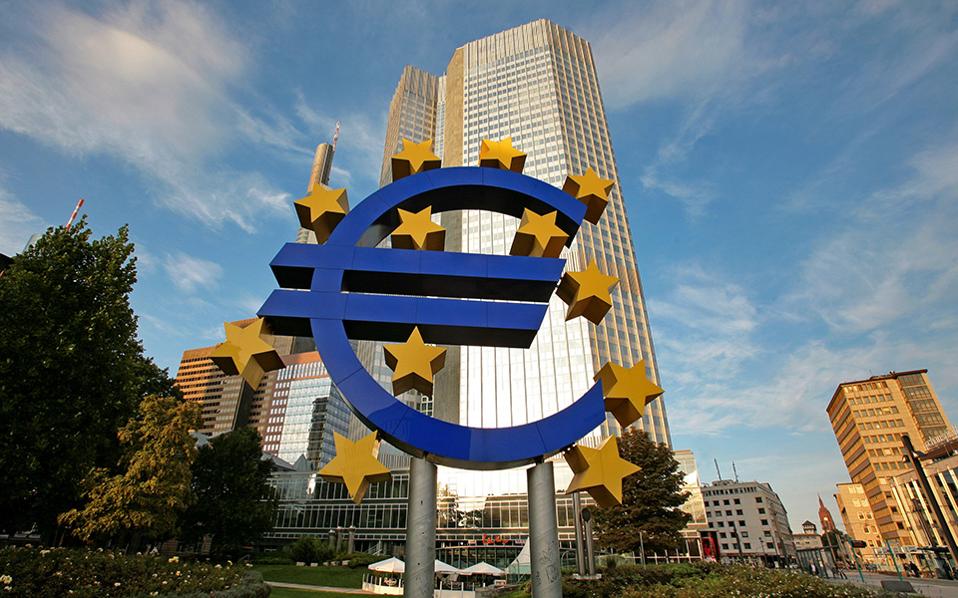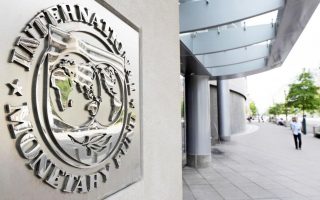ECB’s money-printing working though deflation, growth threats persist

Four months since its start, the European Central Bank's money-printing programme is showing promise, having so far warded off deflation in the face of tumbling oil prices and a financial crisis in Greece.
It is still early to pass judgement on the quantitative easing scheme which started in March and will see the ECB spend 60 billion euros a month buying mostly government bonds until at least September 2016 to stimulate inflation and growth.
But lending to non-financial corporations turned positive for the first time in three years in May, and new corporate loans worth less than 1 million euros have rebounded from very depressed levels, ECB data shows.
Loans of that size are seen as a good indicator of borrowing by small to midsize enterprises, the economic backbone of the 19-country eurozone.
While growth in consumer prices is still barely above zero, and remains far short of the ECB's target of just under 2 percent, market measures of inflation expectations, such as interest rate swaps, have risen sharply since QE was launched.
Their resilience in the face of a rout in commodities markets and a narrowly avoided Greek default suggest concerns about deflation which gripped investors and policymakers late last year, and prompted the asset purchase scheme, have abated.
“The ECB sleeps better at night,” said Brian Tomlinson, fixed income portfolio manager at Allianz Global Investors. “The nightmares have dispersed and inflation is rising.”
A slump in the price of oil and other commodities has tempered market expectations of future inflation, with the ECB now not expected to start normalising monetary policy until 2019, a year later than previously seen.
Nervousness about deflation – a sustained fall in prices – has also returned, although less acutely than last year.
The ECB's favourite measure of inflation expectations, the five-year, five-year forward rate swap, has fallen to a two-month low from its June high of 2 percent but still stands at 1.65 percent, more than twice its April level.
The rate shows where investors expect 2025 price growth forecasts to be in 2020.
And while sharp falls in prices of oil and other commodities threaten ECB forecasts which put the consumer price index at 0.3 percent this year, 1.5 percent in 2016 and 1.8 percent in 2017, they carry a silver lining for the eurozone economy.
“At the margin, there are small downside risks to the ECB inflation estimates,” Morgan Stanley economist Elga Bartsch said. “But at the same time some of the external factors are more supportive medium-term: lower oil prices is good for growth as are potentially lower interest rates and a weaker currency.”
It is certainly too early for the ECB to declare its stimulus a success. The International Monetary Fund warned on Monday that the eurozone's growth prospects were modest and that more money printing than planned may be needed.
Lending has broadly improved but the strongest growth has been in mortgages, with loans to companies growing at a much slower pace, as the ECB acknowledged in its latest economic bulletin on Thursday.
A rise in most eurozone stock markets also suggests QE has so far had a bigger impact on demand for assets that offer a high return and tend to rise in value along with inflation than on lending to the real economy.
While a rise in asset prices is one channel through which the ECB aims to prime the economy, via an expected boost to household wealth and investment, the scheme cannot be deemed to have done its job until lending to companies also recovers.
“The fact that lending hasn't turned yet is by itself not alarming but it's the way these things play out,” Dirk Schumacher, an economist at Goldman Sachs, said.
“If by the end of the year we see no real pick-up or a shrinking of the banks' balance sheet that would become more dramatic.”
[Reuters]





